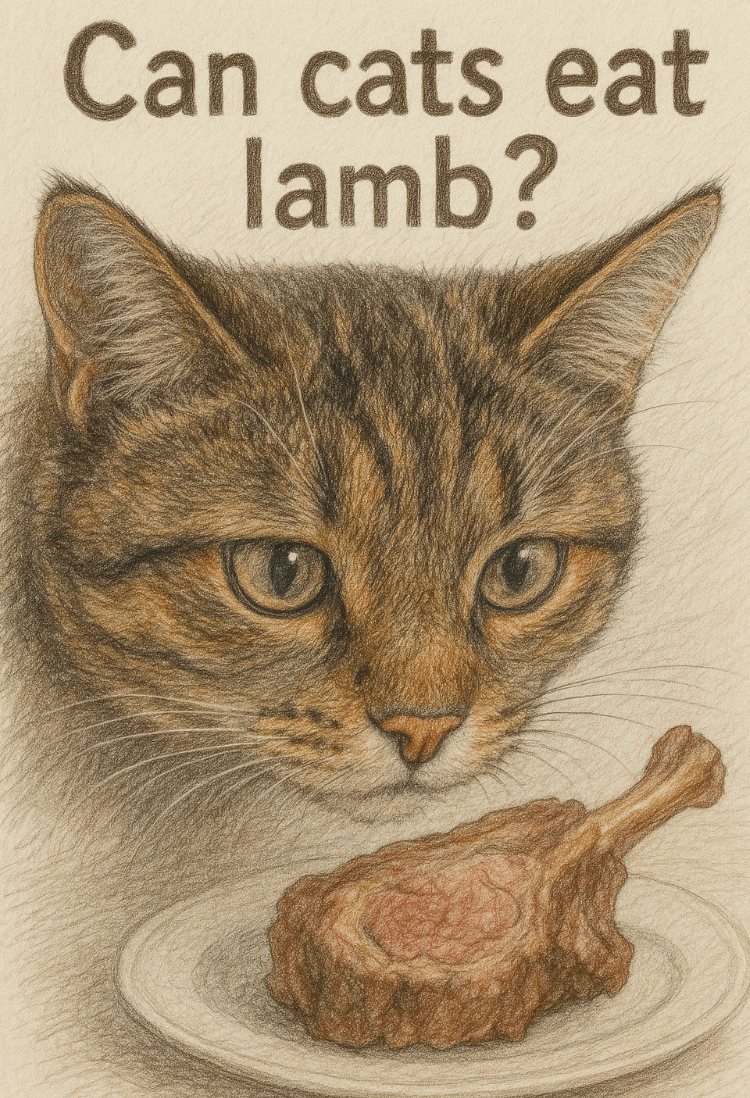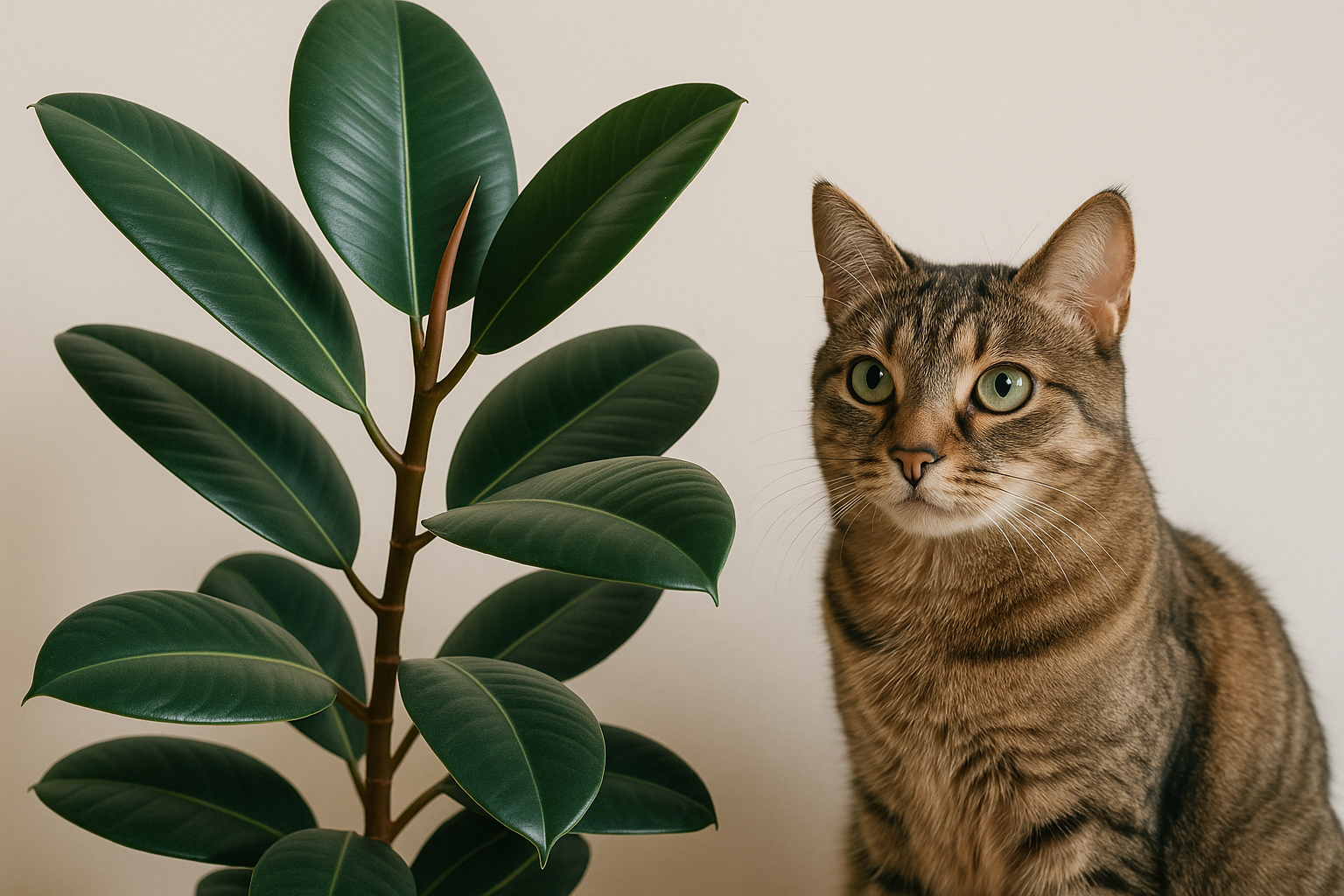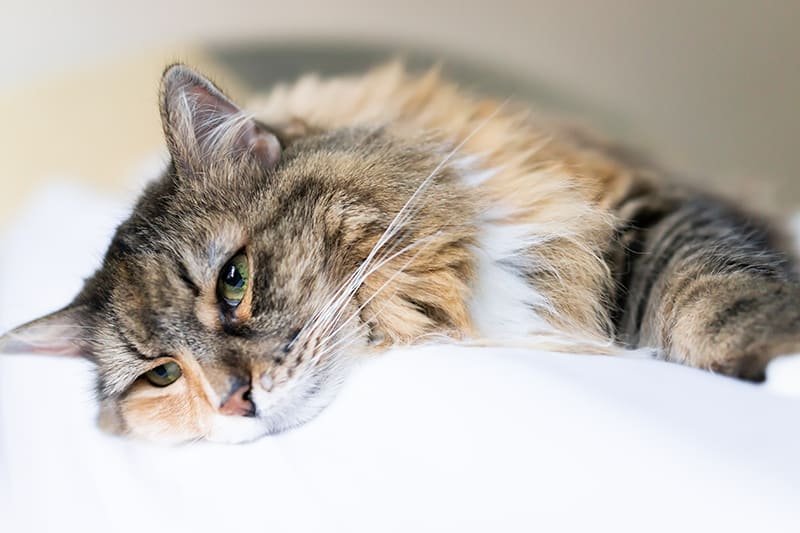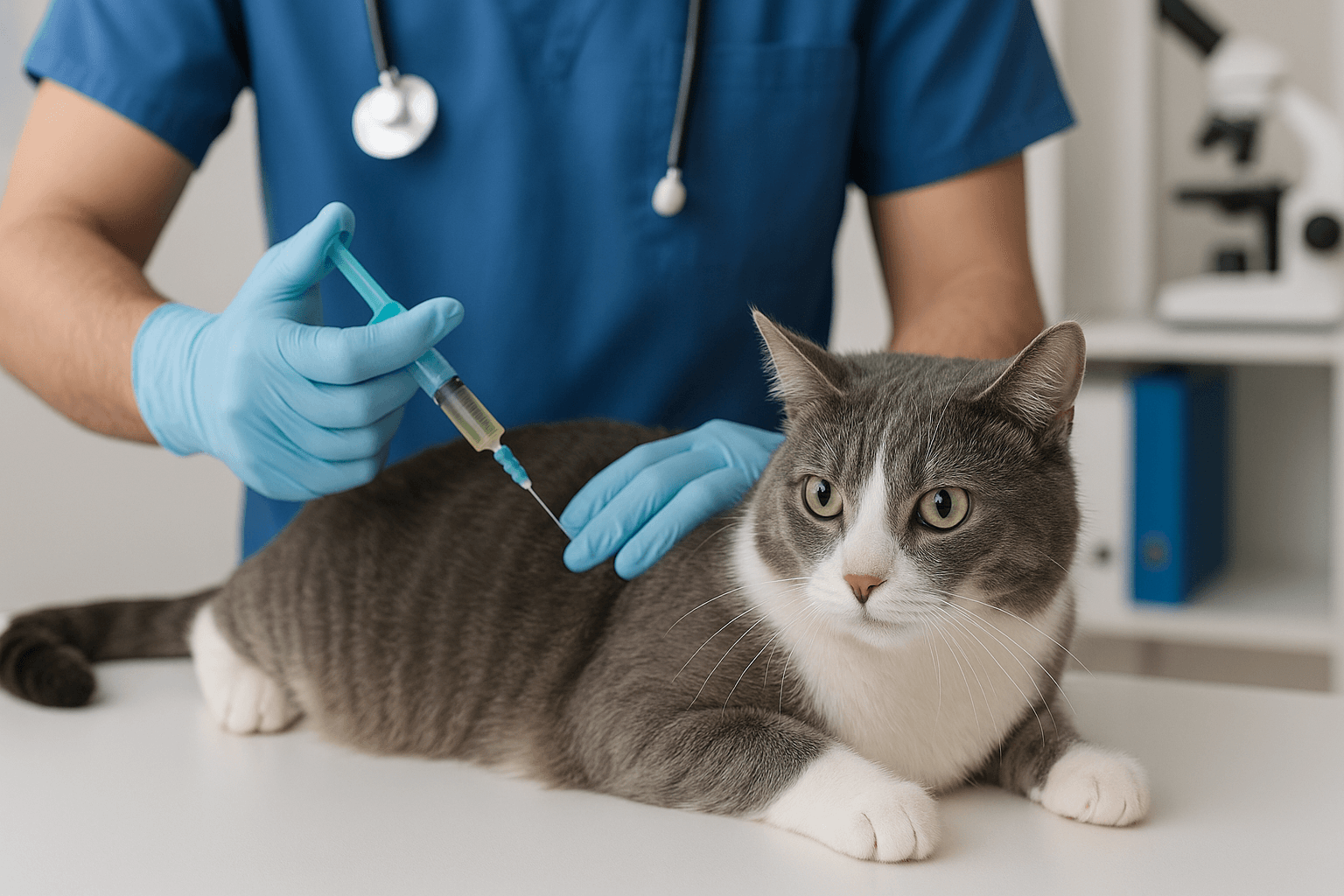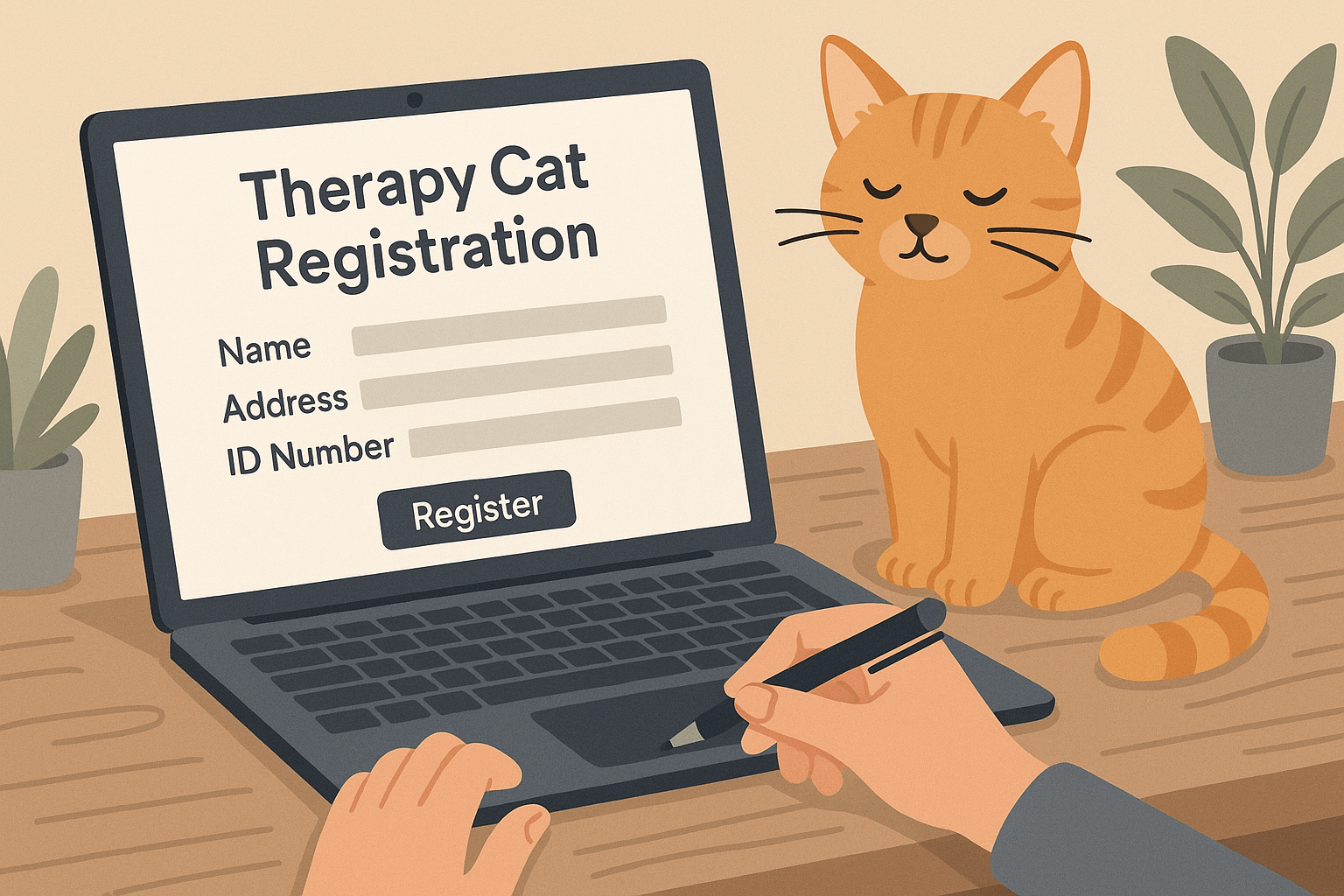Can Cats Eat Lamb? A Guide to Feeding Your Feline Friend
When it comes to feeding our cats, many pet owners wonder whether lamb is a safe and healthy option. As obligate carnivores, cats thrive on a diet rich in animal protein, and lamb is often considered a nutritious meat source for humans. But does the same hold true for our feline companions? While lamb can provide valuable nutrients, there are important considerations to keep in mind before adding it to your cat’s menu. In this blog post, we’ll explore whether cats can eat lamb, its potential benefits and risks, and how to safely incorporate it into their diet. Let’s dive into everything you need to know to ensure your cat stays happy, healthy, and well-fed.
Potential Benefits of Feeding Lamb to Cats
Lamb can be a nutritious addition to your cat’s diet when prepared and served correctly. Here are some reasons why lamb might be a good choice for your feline friend.
High-Quality Protein:
Lamb is packed with high-quality protein, essential for muscle development, energy, and overall health in cats.Rich in Essential Nutrients:
It contains vital nutrients like iron, zinc, and B vitamins, which support immune function and red blood cell production.Variety in Diet:
Adding lamb to your cat’s meals can provide dietary variety, preventing boredom and ensuring they receive a broad range of nutrients.Grain-Free Option:
Lamb is naturally free from grains, making it a suitable choice for cats with grain sensitivities or allergies.Palatability for Picky Eaters:
Many cats find the taste of lamb appealing, making it a great option for finicky eaters who turn their noses up at other proteins.
While these benefits make lamb an attractive choice, it’s important to feed it in moderation and ensure it’s properly prepared to avoid potential risks.
Risks of Feeding Lamb to Cats
Although lamb can be a healthy treat, there are certain risks associated with feeding it to your cat. Being aware of these potential dangers will help you make informed decisions about their diet.
High Fat Content:
Lamb is often higher in fat than other meats, which can lead to digestive upset or weight gain if fed excessively.Seasonings and Additives:
Cooked lamb seasoned with garlic, onions, or spices can be toxic to cats and should always be avoided.Bone Fragments:
Cooked lamb bones can splinter and cause choking hazards or internal injuries, so they should never be given to cats.Allergic Reactions:
Some cats may develop allergies or sensitivities to lamb, especially if introduced suddenly or in large quantities.Imbalanced Diet Risk:
Feeding lamb as a primary protein source without proper supplementation can lead to nutritional imbalances over time.
Understanding these risks ensures you can safely incorporate lamb into your cat’s diet without compromising their health.
Check this guide 👉Can Cats Eat Prosciutto? Best 7 Expert Tips!
Check this guide 👉Can Cats Eat Cereal? Best 7 Expert Tips!
Check this guide 👉Can Cats Eat Parmesan Cheese? Best 7 Expert Tips!
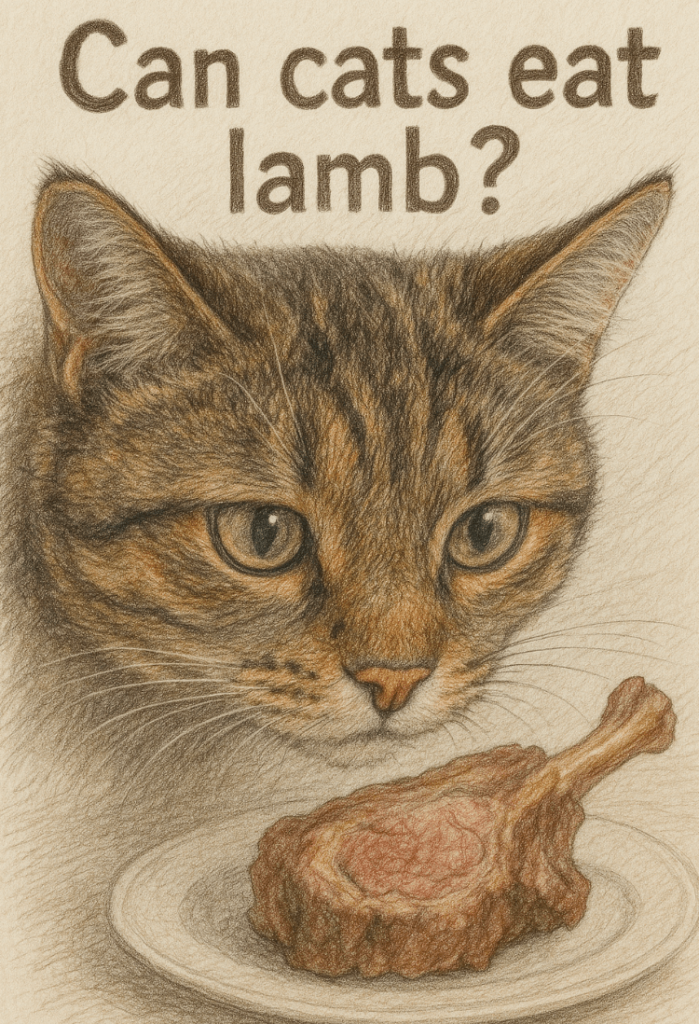
Safe Ways to Feed Lamb to Cats | Foods to Avoid When Feeding Lamb |
|---|---|
Plain, cooked lamb (no seasoning) | Lamb cooked with onions or garlic |
Small portions as an occasional treat | Processed lamb products like sausages |
Shredded lamb mixed with cat-safe veggies | Lamb with visible fat or gristle |
Raw lamb (if part of a balanced raw diet) | Cooked lamb bones or fragments |
Lamb-based commercial cat food | Lamb marinated in sauces or oils |
How to Safely Introduce Lamb to Your Cat’s Diet
Introducing lamb to your cat’s diet requires careful planning to ensure their safety and well-being. Follow these steps to make the transition smooth and risk-free.
Start with Small Portions:
Begin by offering a small piece of plain, cooked lamb to gauge your cat’s reaction and tolerance.Avoid Seasonings and Spices:
Ensure the lamb is free from salt, pepper, garlic, onions, or any other seasonings that could harm your cat.Monitor for Digestive Issues:
Watch for signs of vomiting, diarrhea, or discomfort after introducing lamb, as these could indicate intolerance.Balance Their Diet:
Use lamb as a supplement rather than a staple, ensuring your cat still receives all essential nutrients from their regular food.Consult Your Veterinarian:
Always seek professional advice before making significant changes to your cat’s diet, especially if they have underlying health conditions.
By following these guidelines, you can safely incorporate lamb into your cat’s meals while minimizing risks.
Signs Your Cat May Not Tolerate Lamb
Even if lamb is generally safe for cats, some individuals may not tolerate it well. Watch for these warning signs that indicate your cat may have difficulty digesting lamb.
Vomiting or Diarrhea:
These symptoms often signal digestive upset caused by introducing a new food too quickly or in large amounts.Loss of Appetite:
If your cat refuses to eat after trying lamb, it could indicate an aversion or sensitivity to the protein.Excessive Drooling:
Drooling can be a sign of nausea or irritation caused by consuming something unsuitable.Skin Irritation or Itching:
Allergic reactions to lamb may manifest as itching, redness, or rashes on your cat’s skin.Lethargy or Discomfort:
A sudden lack of energy or signs of pain might suggest an adverse reaction to the new food.
Recognizing these signs early allows you to address potential issues promptly and adjust your cat’s diet accordingly.
Common Mistakes to Avoid When Feeding Lamb to Cats
Feeding lamb to your cat requires attention to detail to avoid mistakes that could harm their health. Here are some pitfalls to watch out for.
Overfeeding Lamb:
Feeding too much lamb can lead to obesity or nutritional imbalances due to its high fat content.Using Processed Lamb Products:
Items like sausages or deli meats often contain additives that are harmful to cats.Ignoring Allergies or Sensitivities:
Introducing lamb without considering your cat’s individual dietary needs can trigger adverse reactions.Feeding Cooked Bones:
Cooked bones can splinter and cause serious injuries, so they should always be avoided.Skipping Veterinary Advice:
Failing to consult your vet before introducing lamb can result in unintentional dietary errors.
Avoiding these mistakes ensures a safer and healthier experience for your cat.
Alternatives to Lamb for Cats
If lamb doesn’t suit your cat’s diet or preferences, there are plenty of alternative protein sources that provide similar nutritional benefits.
Chicken:
A lean, easily digestible protein that’s widely available and cat-friendly.Turkey:
Another low-fat option that’s rich in nutrients and often used in commercial cat foods.Beef:
A hearty protein source that’s safe for cats when served plain and unseasoned.Fish:
Rich in omega-3 fatty acids, fish like salmon or tuna can be an occasional treat for cats.Duck:
A novel protein for cats with food sensitivities, often found in specialized diets.
These alternatives offer variety and ensure your cat receives the nutrients they need.
Tips for Transitioning Your Cat to New Proteins
Introducing new proteins like lamb requires patience and care to avoid upsetting your cat’s digestive system. These tips will help make the process smoother.
Gradual Introduction:
Mix small amounts of the new protein with your cat’s regular food, gradually increasing the portion over several days.Observe Behavior:
Monitor your cat’s eating habits and behavior closely to detect any signs of discomfort or rejection.Maintain Balance:
Ensure the new protein complements their existing diet and doesn’t replace essential nutrients.Offer Hydration:
Provide plenty of fresh water to support digestion during dietary transitions.Stay Consistent:
Once your cat accepts the new protein, maintain consistency to avoid frequent changes that could confuse their system.
By following these tips, you can successfully introduce lamb or other proteins into your cat’s diet while keeping them healthy and happy.
Frequently Asked Questions About Feeding Lamb to Cats
Can kittens eat lamb?
Yes, but only in small, plain portions and under veterinary supervision to ensure their nutritional needs are met.
Is raw lamb safe for cats?
Raw lamb can be safe if part of a balanced raw diet, but it must be handled carefully to prevent bacterial contamination.
How often can I feed my cat lamb?
Lamb should be an occasional treat, not a daily food, to avoid excessive fat intake and nutritional imbalances.
What should I do if my cat has an allergic reaction?
Stop feeding lamb immediately and consult your veterinarian for guidance on managing the reaction.
Can I feed my cat lamb-based commercial cat food?
Yes, lamb-based cat food formulated for felines is safe and provides balanced nutrition when used as directed.
Feeding Lamb to Cats: A Balanced Approach
While cats can eat lamb and may even enjoy its flavor, it’s crucial to approach this protein source with caution and moderation. By understanding the potential benefits and risks, preparing lamb safely, and monitoring your cat’s response, you can provide them with a nutritious and enjoyable dietary addition. Always prioritize your cat’s unique needs and consult your veterinarian before making significant changes to their diet. With careful consideration, lamb can become a delightful and healthy treat that strengthens the bond between you and your feline companion.
Is the Rubber Tree Cat Safe? Best 7 Expert Tips! Discover expert advice on keeping rubber plants safely in cat-friendly homes and learn top tips for pet-safe plant care.
Low Red Blood Cell Count in Cats: Best 7 Expert Tips! Discover causes, symptoms, and treatment options for feline anemia. Learn how to support your cat’s health effectively with expert advice.
Understanding Megacolon Treatment: Best 7 Expert Tips! Discover effective strategies to manage feline megacolon, from dietary changes to surgical options, ensuring your cat’s comfort and long-term health.
How to Register a Therapy Cat: Best 7 Expert Tips! Discover essential steps to certify your cat as a therapy animal, prepare them for training, and make a meaningful impact in therapeutic settings.

